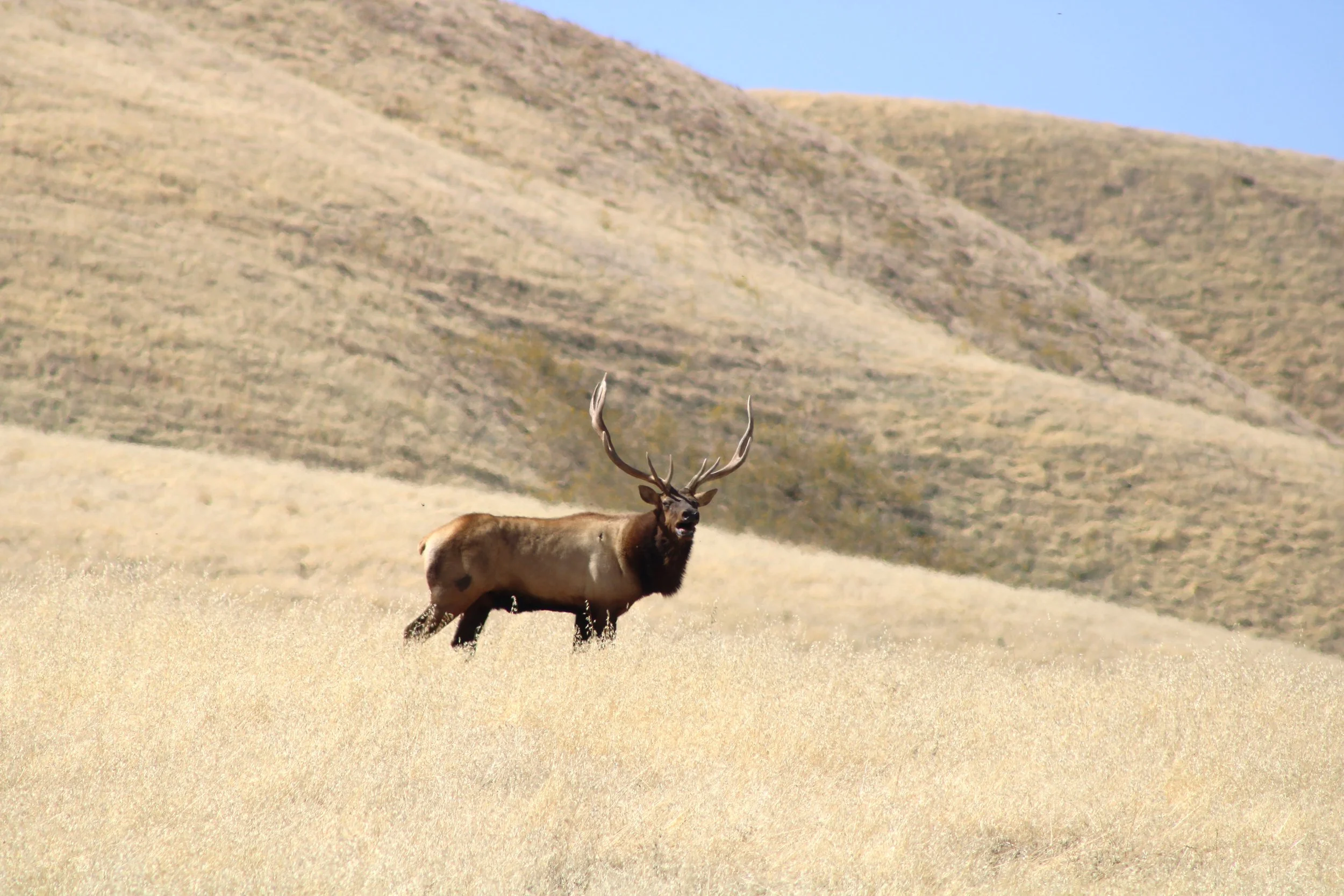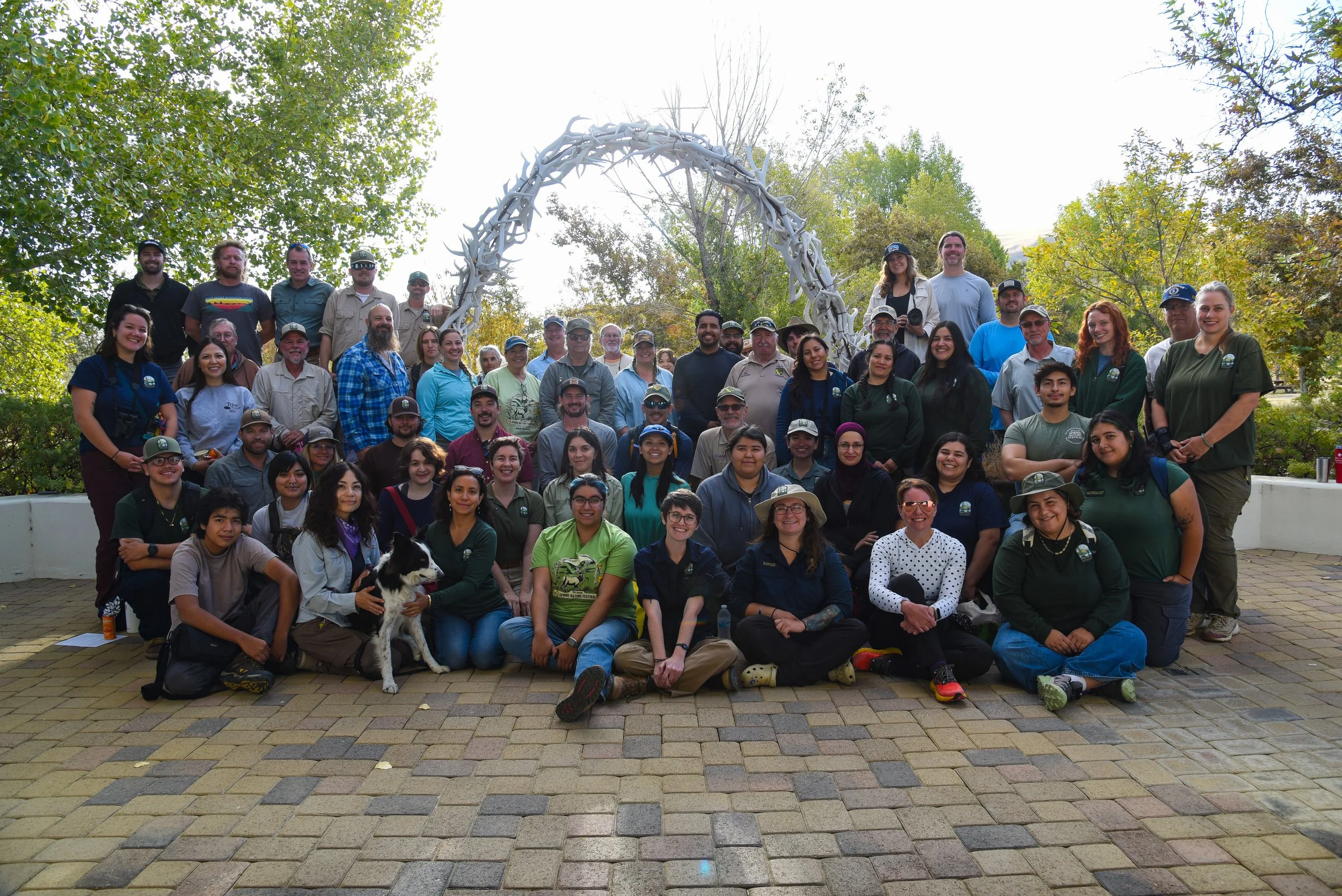Rewilding the Landscape
From near extinction to renewal, a return decades in the making.
Tule elk are reintroduced to Wind Wolves Preserve in 1998.
In 1998, a small herd of tule elk crested the rolling hills of The Wildlands Conservancy’s Wind Wolves Preserve, 93,000 acres where the Transverse and Coast Ranges meet in Southern San Joaquin Valley. Just 19 individuals, returning to a landscape after their long absence. Tule elk, endemic to California, were once believed to be extinct in the late 1800s, until a single small group was rediscovered and quietly protected on private land. With only a few dozen surviving into the 20th century, they were slowly and carefully brought back across the state. Their release here was a symbol of hope, a test of possibility. Could a nearly-lost species reclaim its ground?
Almost three decades later, the answer thunders across the grasslands: Yes!
More than 500 tule elk now roam Wind Wolves Preserve, forming one of the largest free-ranging herds in California. This success didn’t happen overnight. It came through decades of habitat restoration, corridor protection, and careful stewardship, work that continues year after year with the help of tribal partners, scientists, and land managers.
A new chapter is underway. In partnership with the Tule River Indian Tribe and the California Department of Fish and Wildlife, The Wildlands Conservancy is preparing to translocate tule elk from Wind Wolves Preserve to the Tule River Reservation. The effort will restore elk to a part of their ancestral range and to a community that has long cared for the land they once roamed.
“The return of tule elk to our ancestral lands is not only about restoring wildlife — it’s about restoring identity, balance, and connection. "
- Franklin Carabay, Jr., Vice Chairman, Tule River Tribe
Rewilding isn’t just about a species. It’s about the ecological web that elk help sustain, the grasses they graze, the predators they support, the balance they bring to a recovering landscape. And it’s about people: volunteers who wake before dawn on late summer mornings to count elk on rugged hillsides and rolling grasslands, and rangers who remove invasive plants to restore native grasses, and supporters who believe that returning wildness to the land is both possible and essential.
The tule elk’s journey, like all rewilding, follows a long arc: bending toward resilience, reciprocity, and return. “This is what rewilding looks like,” reflects Landon Peppel, The Wildlands Conservancy’s Deputy Director of Conservation and Restoration Programs. “Careful, committed, and deeply collaborative. It’s about bringing back what was lost, and it only happens because people believe in it. Every supporter, every partner, every person who shows up makes this possible.”






